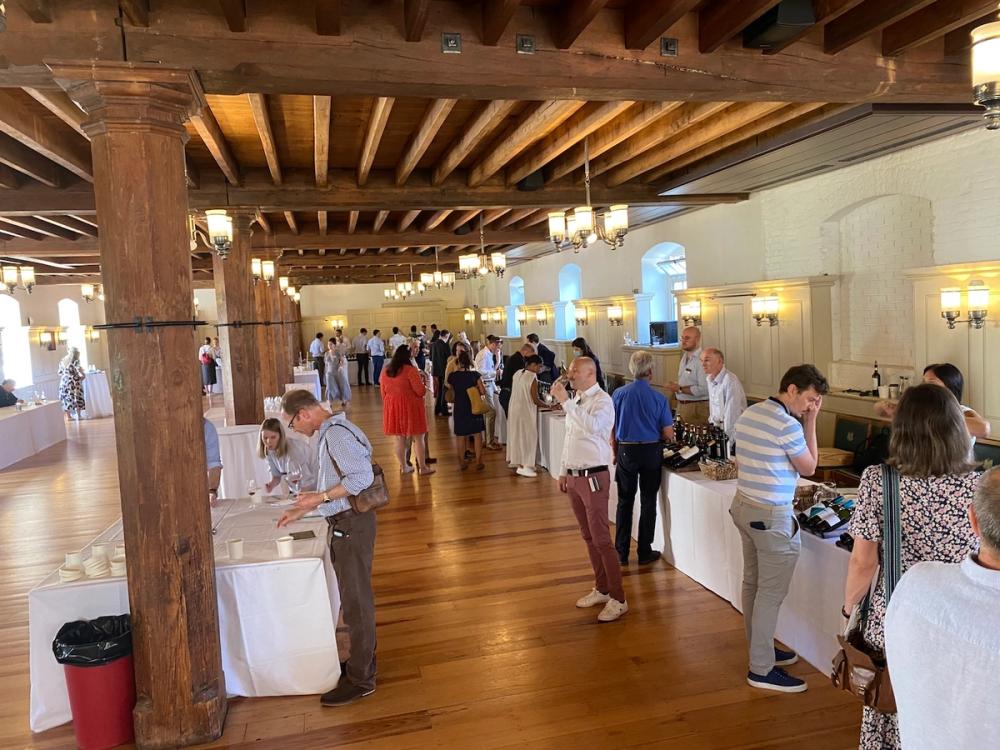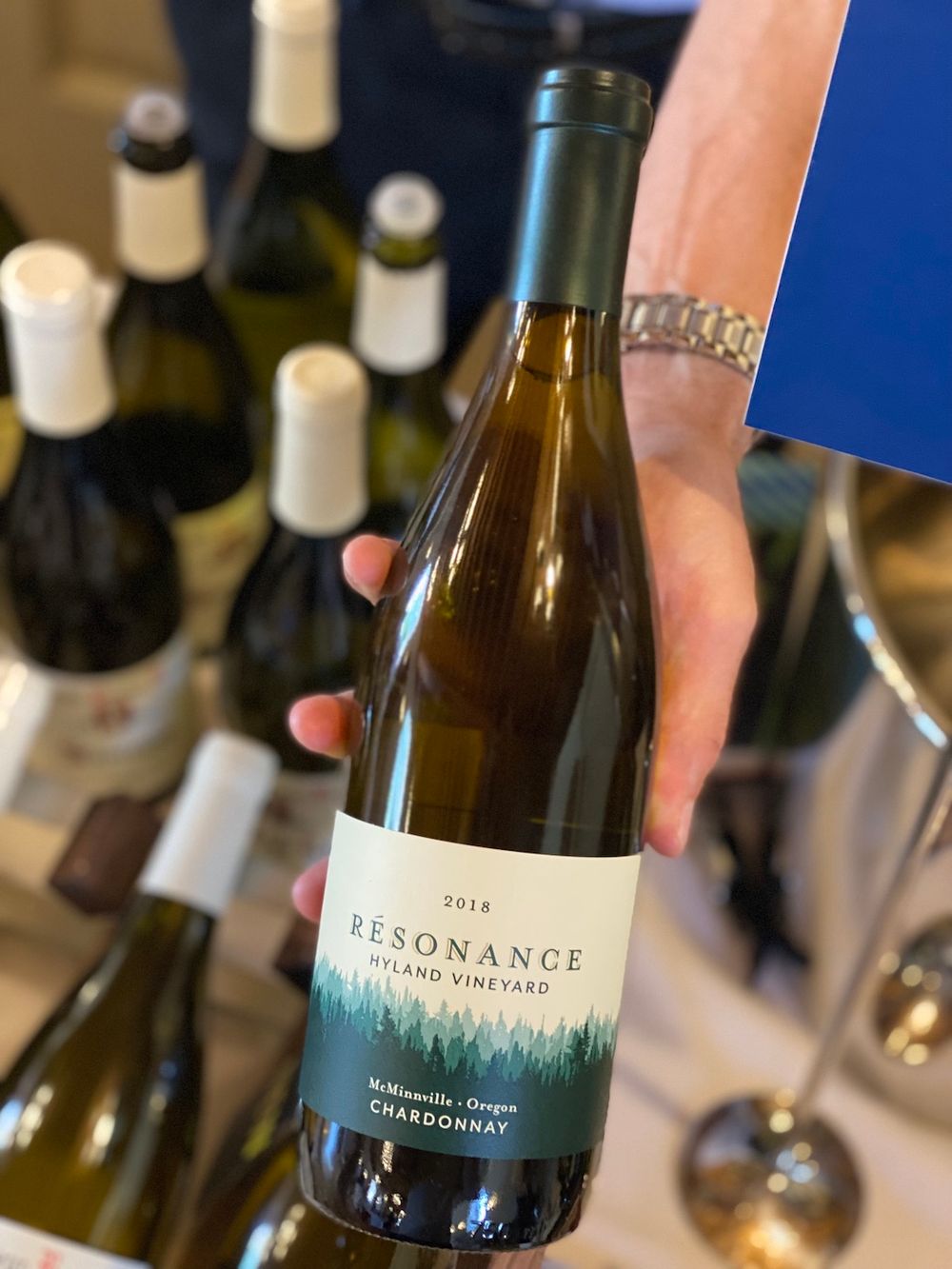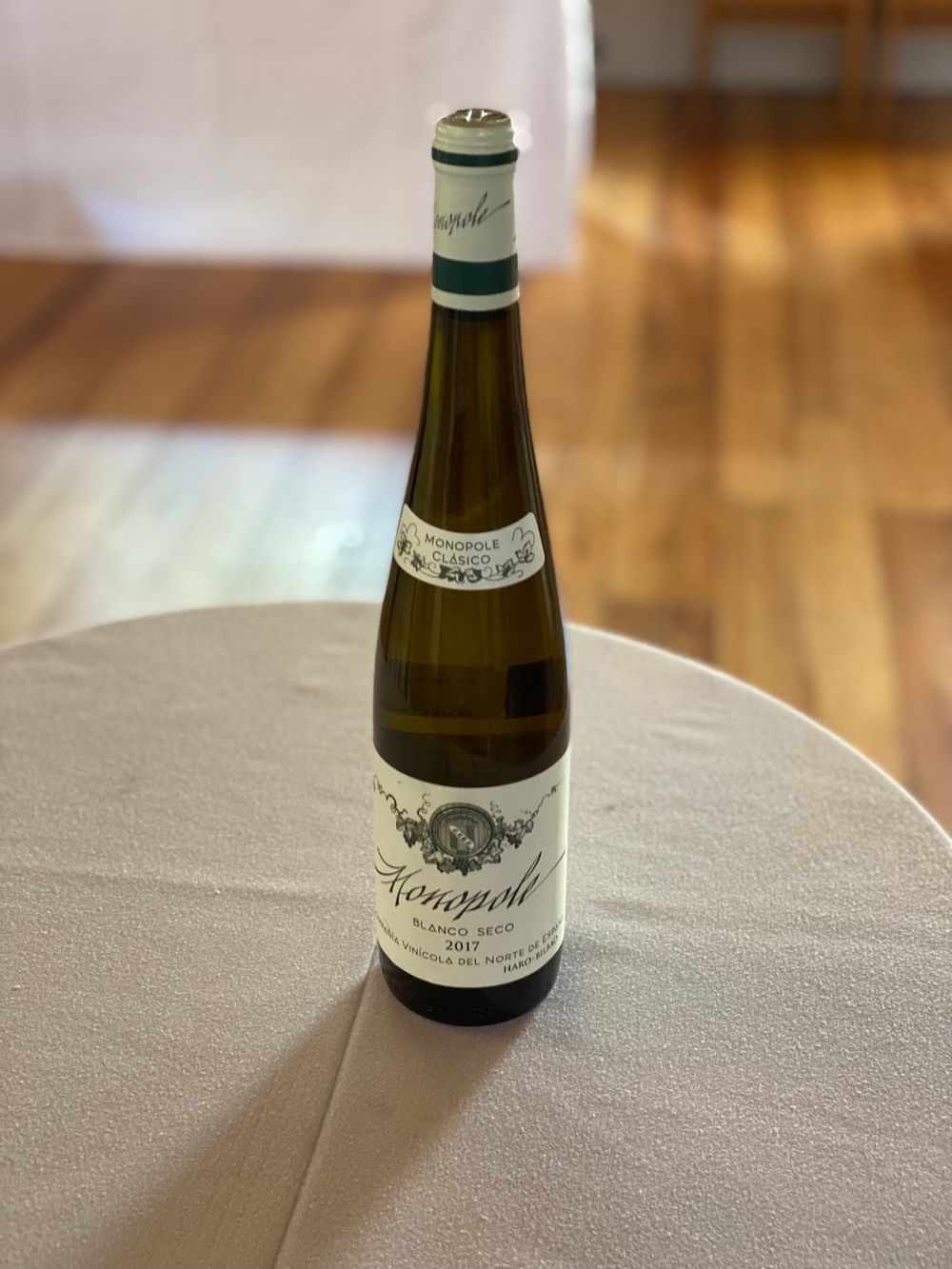“The challenge is clearly around a lack of stock. It is, without doubt, the most challenging time that I have ever seen,” says Patrick McGrath.
Once home to traitors, captured kings, out-of-favour queens and even, briefly, the Kray Twins, a wine tasting must be one of the more benign happenings at the Tower of London over its history.
As far as I’m concerned, being sent to the tower feels just fine and dandy when you know there’ll be a bottle of Comtes de Taittinger, rather than an axe-wielding executioner, on the other side of the grassy moat, because Hatch Mansfield sets its stall with a focus on a portfolio of premium, family producers.
Though no-one has been executed at the Tower since 1941, when German spy Josef Jakobs got the chop, anyone involved in the business of trying to get drinks from producer to customer could be forgiven for feeling they are losing their heads right now, courtesy of the perfect storm created by Brexit changes, staff shortages, freak weather conditions impacting harvests and the global shipping crisis. Hatch Mansfield is no different.

“It’s a shit show,” says chairman Patrick McGrath MW, with admirable candour. “Business is strong, in independents and on the high street, and the on trade is coming back really strongly, but the challenge is clearly around a lack of stock. It is, without doubt, the most challenging time that I have ever seen.”
As McGrath runs through a list of the current obstacles facing the wine business, it begins to sound like the equivalent of a spell on the rack, the Tower’s most notorious instrument of torture.
“The New Zealand (2021) harvest was down at least 30%, meaning that we are now having to allocate every single bottle of Marlborough Sauvignon Blanc and having to implement a price increase. There is pressure on Champagne stocks because sales have been so incredibly strong in the first six months of the year (and volumes reduced). We’re seeing longer lead times, with shipping lines severely disrupted, especially from Chile, and we’re going to face a shortage of Burgundy with yields really significantly down due to the frosts in April.”
Thankfully, there was at least plenty to taste, from a string of great names, including stalwarts Taittinger, Louis Jadot, Errazuriz and Villa Maria, alongside relative newcomers to the portfolio, Chapoutier, Gaja and Zuccardi, so here’s a Mr Vinosaurus tasting top 10 from a very long list of contenders (prices are RRP):
My Top 10 from the tasting

Taittinger, Prélude, Grands Crus NV (£56) Though it is, of course, tempting to feature the magnificent Comtes (the latest release being 2011), I felt this super-charged non-vintage deserved a mention instead as it packs a punch for the price. Equal parts Chardonnay and Pinot Noir, all Grand Cru, with five years on lees, it is rich and intense, yet also delicate, bursting with elegant elderflower, citrus and lemon shortbread.
Louis Jadot, Mersault 1er Cru Blagny 2014 (£73) Elegant, energetic and ethereal, with firm, tangy fruit, perfect poise and a lovely sense of tension. Pure class.

Résonance, Hyland Vineyard, Chardonnay, Oregon, 2018 (£43) From the Willamette Valley, Louis Jadot’s first project outside Burgundy, this offers elegant citrus and orchard fruit, perfectly balanced with a nutty texture and unfolding complexity with every sip.
Zuccardi, Fósil, San Pablo, Chardonnay 2019 (£54) From the Uco Valley, at 1,400 metres, an outstanding, fresh-fruited, elegant altitude Chardonnay, with a light touch of French oak that’s taut, mineral-driven and hugely moreish.
Zuccardi, Concreto, Malbec, 2019 (£32) As the name suggests, 50% whole cluster fermentation in concrete vats using native yeasts. Altitude Malbec from Paraje Altamira, with cool, crunchy red fruit, textural complexity and a refreshing, wet granite character.
Joseph Mellot, Menetou-Salon, Les Thureaux 2019 (£15) Under screw cap (for the UK market at least), fresh, with hints of tropical fruit, zippy citrus acidity and a herbal twang, this is seriously better than many a Sancerre, at an attractive price point.

C.V.N.E Monopole Clásico Blanco 2017 (£26) A blast from C.V.N.E’s past and also a real innovation, 95% Viura, 5% Palomino, with the twist being the addition of small amount of Manzanilla, making for a scintillating, salty citrus and green apple freshness that screams out for Marcona almonds. An aperitif in its own right.
Gaja, Conteisa, Barolo, 2014 (£232) A single vineyard Barolo from 65-year-old vines at 380 metres above sea level. Fresh and floral, with a pure, botanical complexity that leads into delicate, sweet red berries and dry herbs. The tannins are fine-grained and delicately polished, with the finish long and elegant.
Villa Maria, Earth Garden, Pinot Noir, 2019 (£18) It took Villa Maria a while to master organic viticulture, but the wait has been worth it. Blueberry fruited, with a real sense of energy and verve, there’s an attractive earthy richness and smooth spice.

Villa Maria, Ngakirikiri, 2018 (£71) From the Gimblett Gravels of Hawkes Bay, one of Villa Maria’s top cuvées. Ngakirikiri is the Maori word for ‘gravel’. Violet-scented, with blackcurrant leaf, plum and black cherry, there’s incredible intensity and poise with fine-grained tannins and well integrated oak, this could last a lifetime.
































